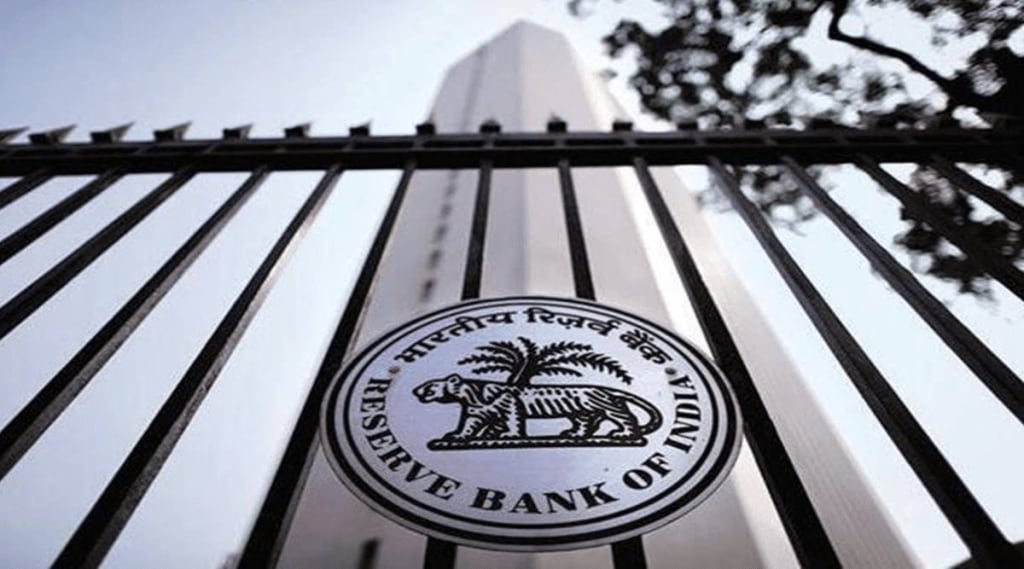Fintech lenders are exploring alternative business models after the first loss default guarantee (FLDG) arrangement was barred by the Reserve Bank of India (RBI) under the digital lending norms, said industry officials.
“Currently, the industry is examining co-lending arrangements and alternative models which can balance the right incentives in the partnership for performance and risk sharing,” Sugandh Saxsena, CEO of the Fintech Association for Consumer Empowerment (FACE), said.
Currently, digital lenders are at initial stages of developing business models, with lenders depending on the repayment proficiency of the portfolio. Fintechs are looking at a collection efficiency model which stipulates that banks and non-banking finance companies (NBFC) will pay a fee to them in proportion to the collection track record of the portfolio. Fintechs can become a collection agency for the lender and earn a fee that would be deducted from their payout if they do not achieve the target.
Another option is a revenue-sharing model where lenders will share the interest income with them, depending on delinquencies of borrowers. Under this arrangement, if defaults rise, the share of the lender will go up and that of the fintech will go down. Besides exploring new structures, many fintech lenders are moving towards co-lending agreements with regulated entities to avoid any compliance risk.
Before the digital lending norms were introduced, fintechs and banks had developed an FLDG model where the former provided a guarantee to compensate for up to a certain percentage of default in a loan portfolio. This arrangement was beneficial for banks as they were protected from the default as the fintech bore part of the risk. The RBI was not comfortable with fintechs taking the default risk as they were not regulated entities under the purview of the central bank.
Internet and Mobile Association of India, an association for online and mobile services providers, held a follow-up discussion which was attended by 80 founders of fintech lending companies. “While the recent FAQs by the RBI address most of the concerns of fintech firms, FLDG was the only remaining sore spot for fintechs,” said Anubhav Jain, co-founder of MSME digital lending platform Rupifi. “The plan is to go back to the RBI to seek clarification on this issue,” said Jain who took part in the discussion.
“Given the current journey stage, the industry strongly feels that a regulatory framework on FLDG with clear guardrails, including benchmarks and transparency requirements for all the parties involved, will be critical to sustaining innovation and funding flow to meet the vast unaddressed credit demand. The industry is placing all necessary inputs for regulatory consideration,” Saxsena said.
The RBI digital loan norms, which came into effect in November-end, equated FLDG with synthetic securitisation. Banks and NBFCs are not allowed to undertake synthetic securitisation, according to the rules. Synthetic securitisation means a structure where credit risk of an underlying pool of exposures is transferred, in whole or in part, through the use of credit derivatives or credit guarantees that serve to hedge the credit risk of the portfolio which remains on the balance sheet of the lender.
“We can expect new ways of collaboration which goes beyond the regular co-lending partnership which have the double objective of reducing risk and cost of credit for consumers,” said Irfan Mohammed, chief business officer of the financial services division at fintech firm Yubi.
Despite considering alternative models, fintechs players are cautious before adopting them. One reason is that they are expecting the RBI to soon come out with the clarification on FLDG. Another reason is that fintechs do not want to rush into new business models and then get caught in the tangle of regulatory compliance. “This is a very new model and there are many challenges around it,” Saxsena said, adding that the trust between the fintech and bank for such arrangements will come only when the relationship becomes seasoned.
“It is not easy to go to the legal and compliance teams of banks to adopt revised agreements completely because it will change the commercial structure every two months. We prefer to wait and ensure that whatever we do is fully compliant,” Jain said.


